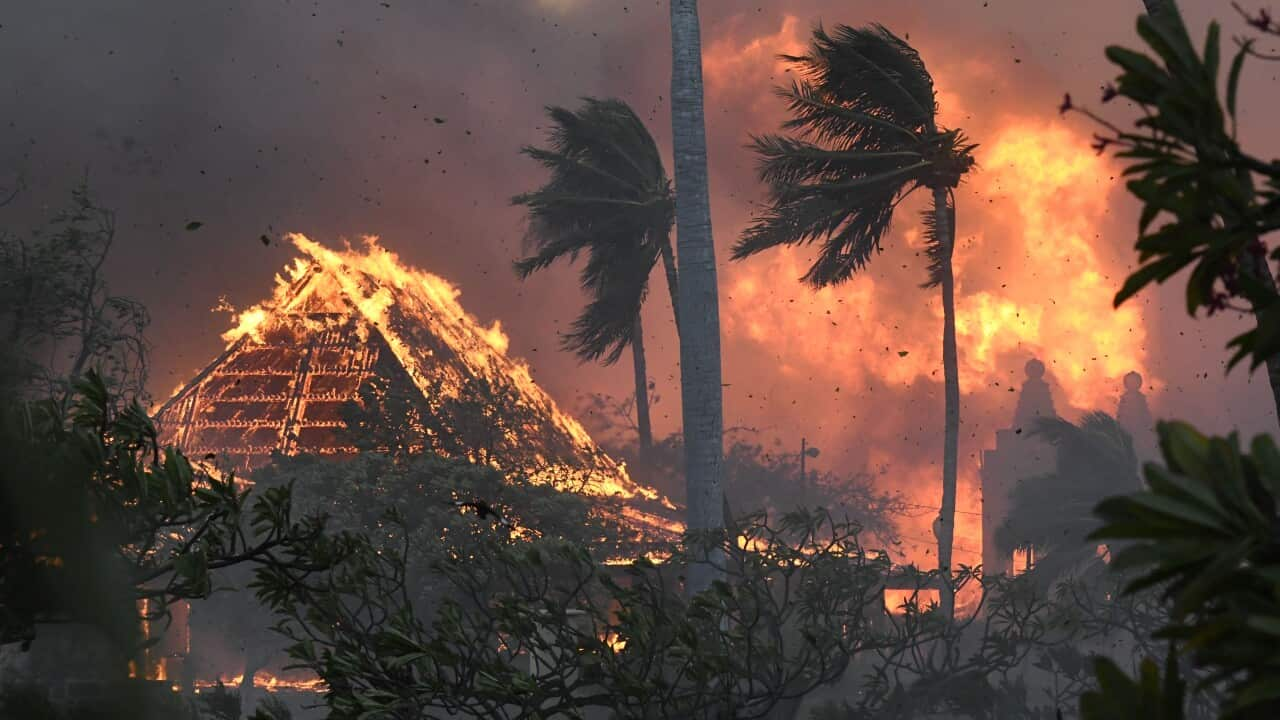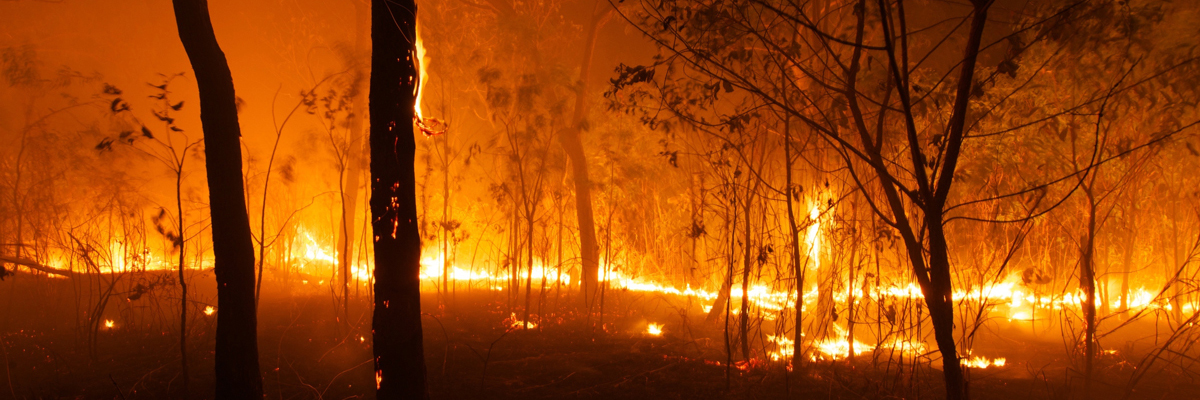Relevance of BAL Record in Ensuring Shrub Fire Protection
In the realm of bushfire protection, the value of a Bushfire Attack Degree (BAL) report can not be overstated. This important document acts as a foundational tool in assessing the potential danger a residential or commercial property might encounter throughout a bushfire and plays a pivotal role in determining the essential protective actions to secure properties and lives (BAL Report). The real worth of a BAL record extends beyond a mere assessment; it acts as a directing light for property proprietors and authorities alike, offering understandings into enhancing property durability and ensuring efficient fire security.
Recognizing Bushfire Strike Degrees
The understanding of Bushfire Strike Degrees is critical for analyzing the prospective threat and effect of bushfires on a residential property. Bushfire Assault Levels (BAL) are a means of measuring the severity of a structure's prospective exposure to ember strike, glowing warmth, and direct flame get in touch with in a bushfire. Understanding the various BAL categories is essential for residential property owners, architects, and building contractors in developing and constructing structures that are extra resilient to bushfires.
There are 6 Bushfire Assault Levels, ranging from BAL-LOW to BAL-FZ (Fire Zone), with each level representing a different level of risk and called for building and construction criteria. A BAL evaluation takes into consideration elements such as the Fire Danger Index, slope of the land, kinds of bordering greenery, and range to potential fire threats. By comprehending these degrees, homeowner can make informed decisions regarding bushfire protection steps, such as installing ember guards, utilizing fireproof structure products, and keeping clear defensible room around the property. In general, a complete understanding of Bushfire Attack Degrees is crucial for effective bushfire planning and security.
Assessing Building Risk Degrees
After comprehending the effects of Bushfire Strike Levels, the next vital step is assessing the risk degrees connected with specific buildings. Examining residential or commercial property threat levels includes a detailed analysis of numerous variables that can affect the vulnerability of a building to bushfires. These variables include the proximity of the building to bushland or plant life, the kind and problem of bordering plants, the slope and aspect of the land, prevailing climate condition, and the existence of combustible products near the home.
Residential or commercial property danger assessments are important in identifying the degree of bushfire security steps that require to be applied to protect the building and its occupants. By precisely assessing the danger degrees, homeowner can make informed decisions concerning bushfire prevention approaches, such as vegetation monitoring, developing style adjustments, and the installation of fireproof products. Furthermore, building danger evaluations play a crucial function in the development of emergency situation reaction strategies and evacuation procedures in case of a bushfire.
Implementing Protective Procedures
Upon completing building threat analyses, the next vital phase entails the execution of protective measures to enhance bushfire security. Carrying out protective steps is necessary for securing residential properties and making certain the security of people during bushfire events. These steps can consist of mounting coal guards on doors and home windows, making use of fireproof structure products for building and construction, developing and preserving a clear defensible room around the building, and having a adequate and easily accessible water resource for firefighting purposes. Furthermore, it is important to create and practice an in-depth bushfire emergency situation plan with all residents to make sure swift and coordinated activities in instance of a bushfire hazard.
Routine upkeep of protective measures is just as essential to discover this info here ensure their efficiency during a bushfire. This includes consistently evaluating and repairing ember guards, carrying out vegetation administration to decrease fuel loads, and screening firefighting tools such as pumps and tubes. By vigilantly applying and preserving these safety procedures, homeowner can significantly boost their durability to bushfires and minimize possible damages and loss.

Enhancing Residential Property Strength
Enhancing building strength versus bushfires rests on the proactive implementation and official website maintenance of protective measures targeted at strengthening defenses and minimizing possible threats. Home proprietors can enhance strength by creating and maintaining defensible spaces around their buildings. This consists of frequently getting rid of dry vegetation, preserving a well-irrigated yard, and having a critical format that reduces the danger of fire spread. In addition, installing coal guards on vents and windows, using fireproof building materials, and guaranteeing proper maintenance of roofs and gutters can considerably improve a residential or commercial property's ability to stand up to a bushfire.
Education and readiness also play an important role in enhancing home strength. Homeowner need to exercise a bushfire and develop emergency situation strategy, conduct routine fire drills, and make certain all residents understand just how to respond in instance of a bushfire. Staying informed about fire danger rankings, weather conditions, and discharge routes is important for making prompt choices to secure life and property. By taking proactive steps, homeowner can substantially boost the durability of their residential or commercial properties against the hazard of bushfires.

Guaranteeing Effective Fire Security
Executing robust fire defense procedures is necessary for guarding properties against the damaging impact of bushfires. Making sure efficient fire defense involves a combination of proactive approaches and adherence to relevant regulations. One crucial facet of efficient fire defense is the execution of suitable landscaping techniques. This consists of preserving a defensible room around the residential or commercial property by getting rid of combustible plant life and creating firebreaks. In addition, mounting fireproof products on the building, such as fireproof roof and ember-proof displays on home windows, can dramatically reduce the threat of fire damage.
In addition, having an emergency reaction plan in location is vital for ensuring effective fire protection. This strategy ought to detail click this link evacuation procedures, communication methods, and marked meeting points for citizens. Regular training and drills need to additionally be conducted to ensure that all homeowners are prepared to react swiftly and securely in the occasion of a bushfire.
Verdict
Finally, the BAL report plays a crucial role in ensuring effective bushfire defense by examining building risk degrees, carrying out protective measures, and improving home strength. Understanding Bushfire Assault Degrees is vital in determining the degree of danger a residential property deals with throughout a bushfire. By complying with the suggestions described in the BAL record, building owners can better get ready for bushfires and reduce possible damages. Inevitably, the BAL report is a useful device in securing residential properties against bushfire hazards.
By recognizing these degrees, residential property owners can make enlightened decisions concerning bushfire defense steps, such as mounting coal guards, making use of fireproof building products, and preserving clear defensible area around the residential or commercial property. Assessing building danger levels involves a comprehensive evaluation of various variables that can influence the sensitivity of a property to bushfires.Building threat evaluations are essential in establishing the degree of bushfire security steps that require to be implemented to secure the residential property and its occupants. By taking positive actions, property proprietors can dramatically increase the durability of their properties versus the risk of bushfires.
In verdict, the BAL record plays an important role in making sure efficient bushfire protection by assessing residential or commercial property danger levels, carrying out protective actions, and enhancing building resilience. (BAL Report)